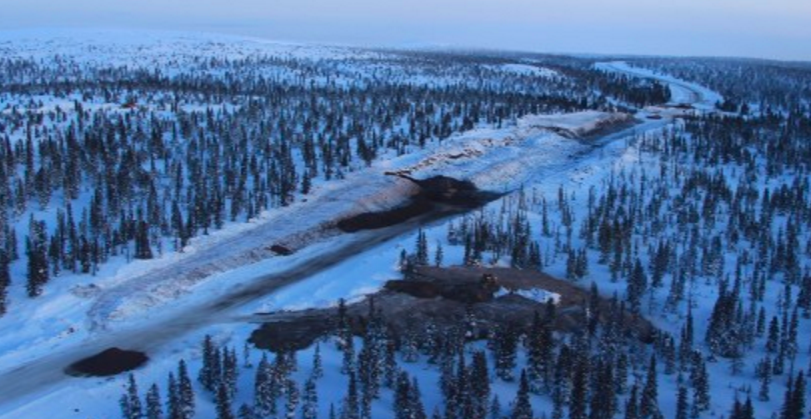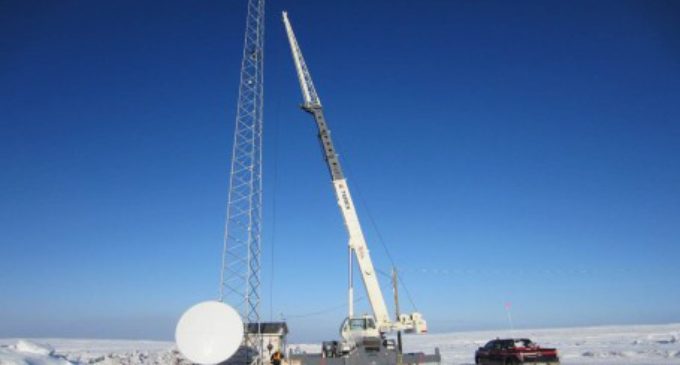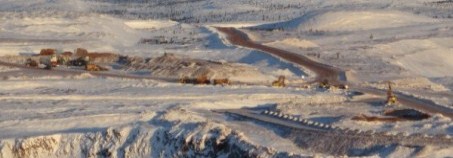Remote northern mines have their own unique energy challenges, including lack of a reliable supply, limited site access and extreme weather conditions. One of the best ways to overcome such problems is to find the right energy mix that would incorporate renewables, according to the Director Environment & Permitting at Tata Steel, Loic Didillon.
“In the North, having just one source of energy is not an option. We cannot rely only on the grid, or a wind farm, or diesel. We need to find a combined option,” Didillon tells Energy and Mines.
Tata Steel’s Direct Shipping Ore (DSO) Project is located in the northern part of Canada and sits in between two provincial borders: Quebec and Newfoundland and Labrador. “With the remote site, the issue is that the grid is far, logistics are difficult and regulations are very complex,” he explains.
Tata Steel the Indian multinational company, iss represented in Canada by Tata Steel Minerals Canada Limited (TSMC). The steel-making leader is open to the possibility of introducing renewables at its DSO Project site.
New carbon regulation enforcing energy savings mode
Making things more complicated for remote Canadian mines are new carbon pricing and tax systems that are being debated by various levels of government. Didillon believes that the idea of a carbon tax will actually encourage mines to look at renewables as an energy saving option.
“Carbon regulations will help mining companies discover different energy solutions by focusing them on energy costs,” he says. “Environmental departments or logistics and procurement are not always fully aware of the price of energy and need something else to push them. Regulation is the key to make the move to clean energy.”
Just by estimating the carbon tax amounts, it becomes clear that energy savings will be a priority. “The price of energy is something very virtual for many mining companies. It is only in the last five years that the mining sector started to analyze how to save money in this area.”
Renewable power options offer a number of other great advantages on top of the lower carbon emissions. “The long-term benefits include carbon tax savings, public acceptance, as well as environmental and health benefits,” Didillon says. Green energy is becoming more cost-competitive, which is very attractive to mines. “In the past, renewables and traditional sources of energy could not even be compared, as diesel was very cheap. Now, it is the opposite, the cost of renewable energy is sometimes even lower,” he states. For Tata Steel’s project, the best clean energy option would be wind turbines with battery storage. The idea was inspired by Glencore’s Raglan mine, which has successfully installed a wind turbine with energy storage facility in the northern part of Quebec. (For more stories on Glencore’s Raglan mine, click here.) Didillon explains that the idea isn’t without its challenges. Tata Steel’s remote site is only accessible by train or a small plane, making the transportation of wind turbines very difficult. Trains, for example, will need to have special wagons that are not even used in Canada. “So, we need an agreement with CN [Canadian National Railway],” he clarifies. Regulations pose additional problems when building a wind farm in northern Quebec and sending power to Newfoundland. “Once you do that, you get into federal energy regulation, which is very complex.” Weather conditions in the North are also a major factor. “One of the questions being raised is the efficiency of the wind turbines during winter.” Despite the declining cost of clean energy, the initial up-front investment associated with the technology is still viewed as a challenge by the mining industry. “The big concern with renewables is that you need a big cash flow. You buy your diesel every month, so you don’t have to invest a lot and the permit process is clear. In comparison, wind energy is another game,” says Didillon. Short-term rental agreements, when an energy provider builds the wind farm and sells the power, offer a new competitive solution. “The new types of contracts resolve the cash flow and maintenance problems,” he points out. This is also perfect for shorter mine lifespans, such as the case with Tata Steel’s site. On top of that, Tata Steel is also looking at how to save energy via optimization. Currently, the company has four areas that require energy at the site: a camp with 200 people, a five-generator processing plant, trucks and mining equipment. Since the site is not connected to the grid and has a lot of gensets, the company tries to reuse the heat to dry the product or heat the buildings. Loic Didillon will be attending the Energy and Mines World Congress being held Nov 21-22 in Toronto, where he will be participating in the panel discussion titled ‘Reducing Diesel and Carbon Emissions for Remote Canadian Mines’.
Issues with remote sites



